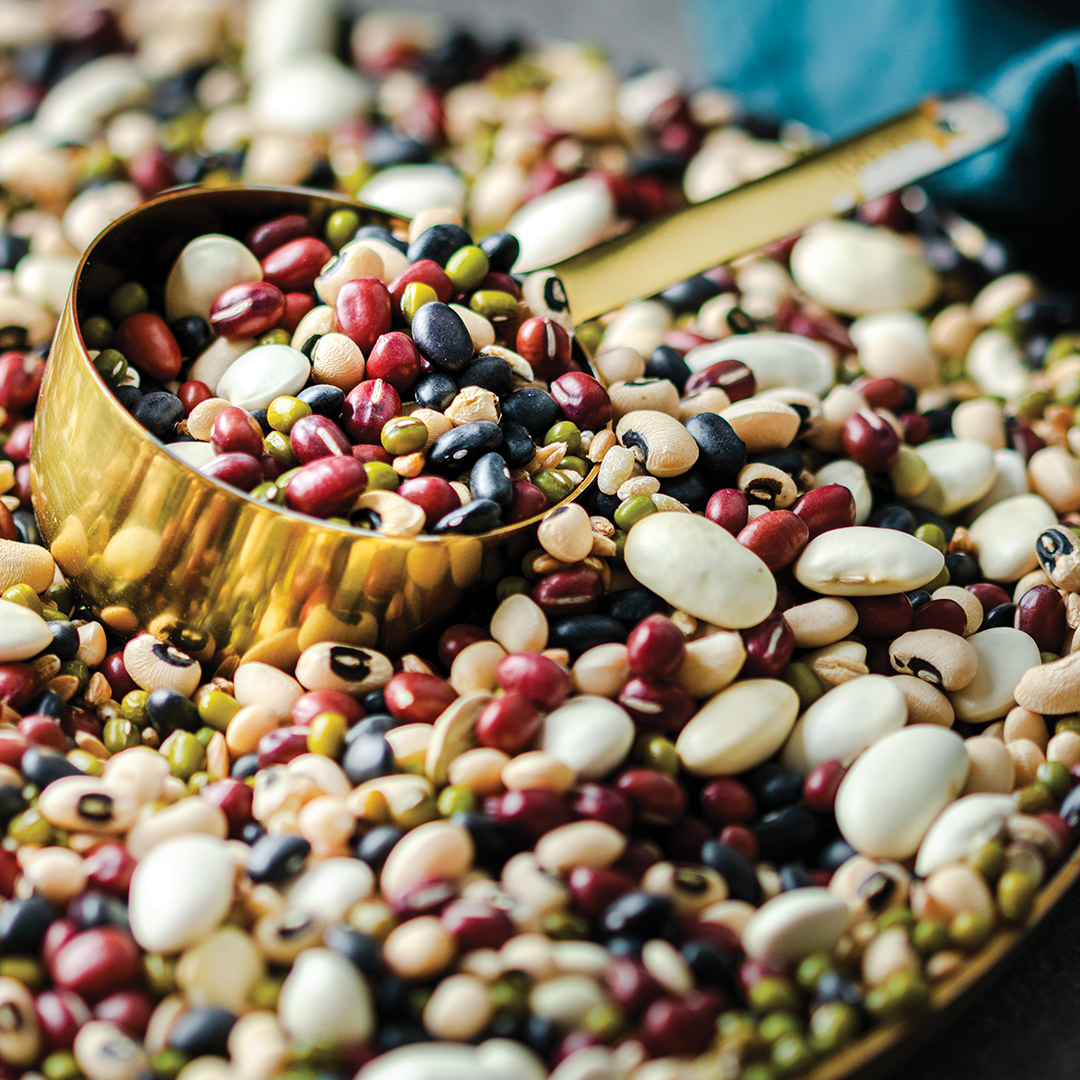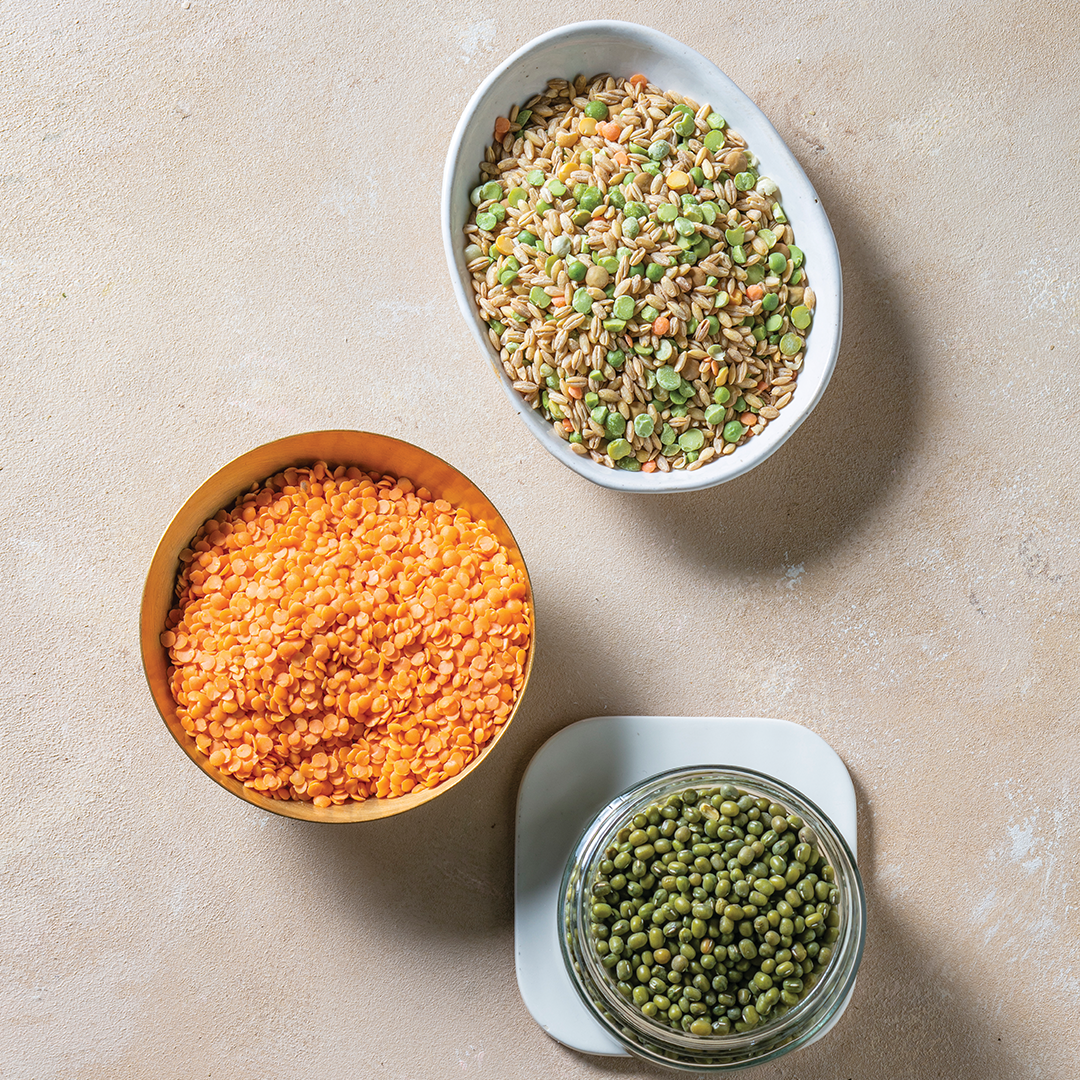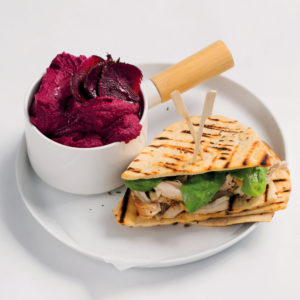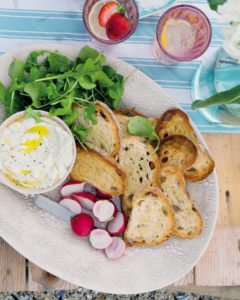Registered dietician Aziwe Booi celebrates local grains and shares a healthier take on braai sides.
September is a month dedicated to our South African cultural heritage. We are privileged to have such cultural diversity as a nation – it even extends to our palates! We highlight some of our most nutritious traditional grains and show you how to make them even more delicious!
Super sides for your next braai
Is there anything more South African than pap and chakalaka?! This is our take:
Ingredients
For the pap
4 cups boiling water, salted
2 cups braai pap
For the chakalaka
½ onion, chopped
1 tsp oil
1 tsp garlic, crushed
1 tsp cumin
2 tsp curry powder
¼ tsp each salt and pepper
1 medium green pepper, chopped
1 medium tomato, blanched, peeled and chopped
1 Tbsp sweet chilli sauce
1½ Tbsp tomato sauce
1-2 cans (410g each) lite baked beans
Method
- Gradually stir the braai pap into the salted boiling water.
- Consistently stir for about 20-25 minutes or until cooked. Set aside.
- For the chakalaka, sauté onion in oil at medium heat for 3 minutes.
- Add garlic, cumin, curry powder, salt and pepper. Cook for a few minutes.
- Add remaining ingredients and simmer for 5 minutes.
- Serve hot or cold with warm braai pap and braai meat.

1. Sorghum
Sorghum, a nutrient-dense grain with a flavour similar to molasses, is commonly enjoyed in the form of porridge or pap. It is naturally gluten-free whilst also being high in fibre meaning it accounts for gluten allergies, intolerances or restrictions thereof. It has a variety of B vitamins (B3, B6, B9) which have health benefits including promoting a healthy brain and nervous system, cell growth and healthy development.
Sorghum also contains iron which is important for blood cells to carry oxygen around the body; calcium for bone health; and zinc which helps the immune system to fight off bacteria and viruses. Phosphorus, found in sorghum, is an important energy component and helps our bodies carry out important metabolic processes.
Sorghum is also rich in magnesium and potassium which are important for nerve and muscle health. When preparing porridge, be mindful of your sugar intake. Rather add a banana or grated apple to sweeten your porridge and for extra nutrients.
2. Millet
Millet is a grain often enjoyed in the form of porridge. It is high in dietary fibre with 8.5g per 100g and also contains plenty of vitamins and minerals like iron, calcium, magnesium, potassium, phosphorus, zinc and B vitamins. It also contains polyunsaturated fats which are heart-healthy fats. Millet tastes a bit like corn and can be enjoyed in a salad, with a hearty stew or can be used in baking pancakes, bread, cake or muffins.
3. Maize
In South Africa, maize is genetically modified and has been fortified with nutrients and tends to have a more neutral taste. Maize, globally, refers to the crop in the field while corn usually refers to a sweeter variety (with a higher sugar content) that arises in certain maize varieties once harvested.
Maize meal is a staple widely enjoyed in the form of pap, crumbled pap or porridge. It is gluten-free and contains a variety of nutrients which include zinc, iron, vitamin A, folic acid and B vitamins.
It is also considered a source of dietary fibre. Normal maize meal can be substituted for braai pap alternatives as a way to increase dietary fibre as it contains 7g per 100g. This results in a more satisfying portion, making you feel fuller for longer whilst also resulting in a slower release of energy.
4. Chakalaka
This popular South African staple is an affordable side dish. There are plenty of ways to make it more nutritious just by making it yourself – because homemade is wholesome! When making your own, add plenty of red peppers and tomatoes (which are a source of vitamin c and antioxidants) and grated carrots which contain fibre and vitamin A.
Using a lite version of baked beans is ideal to reduce added salt and makes for a healthier alternative. Aim to use minimal oil in the cooking process by using a cooking spray or use a spray bottle to add the oil to the dish. The suggested serving size is 1/3 cup of chakalaka per day.
Photographs: Fresh Living Magazine




